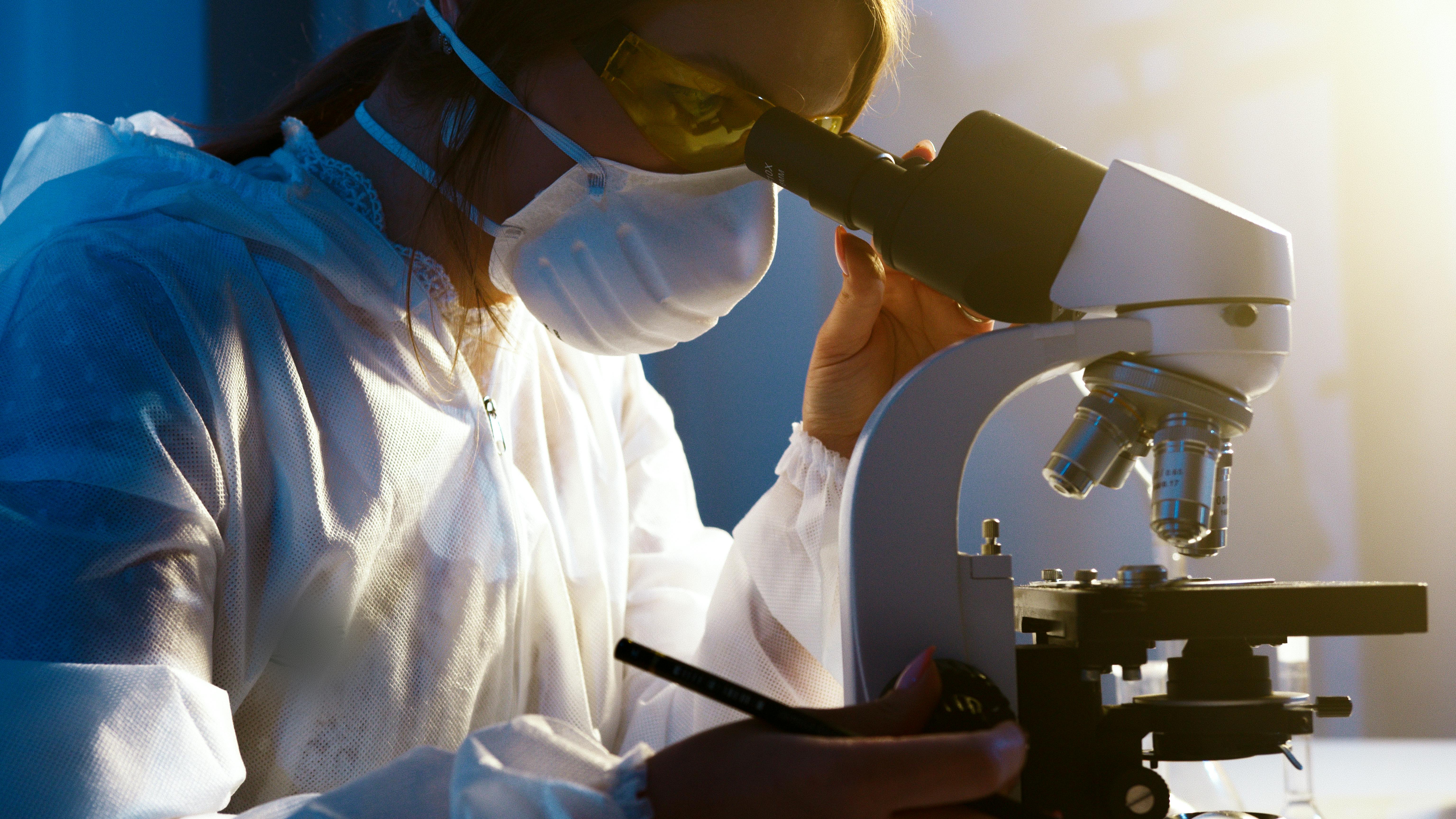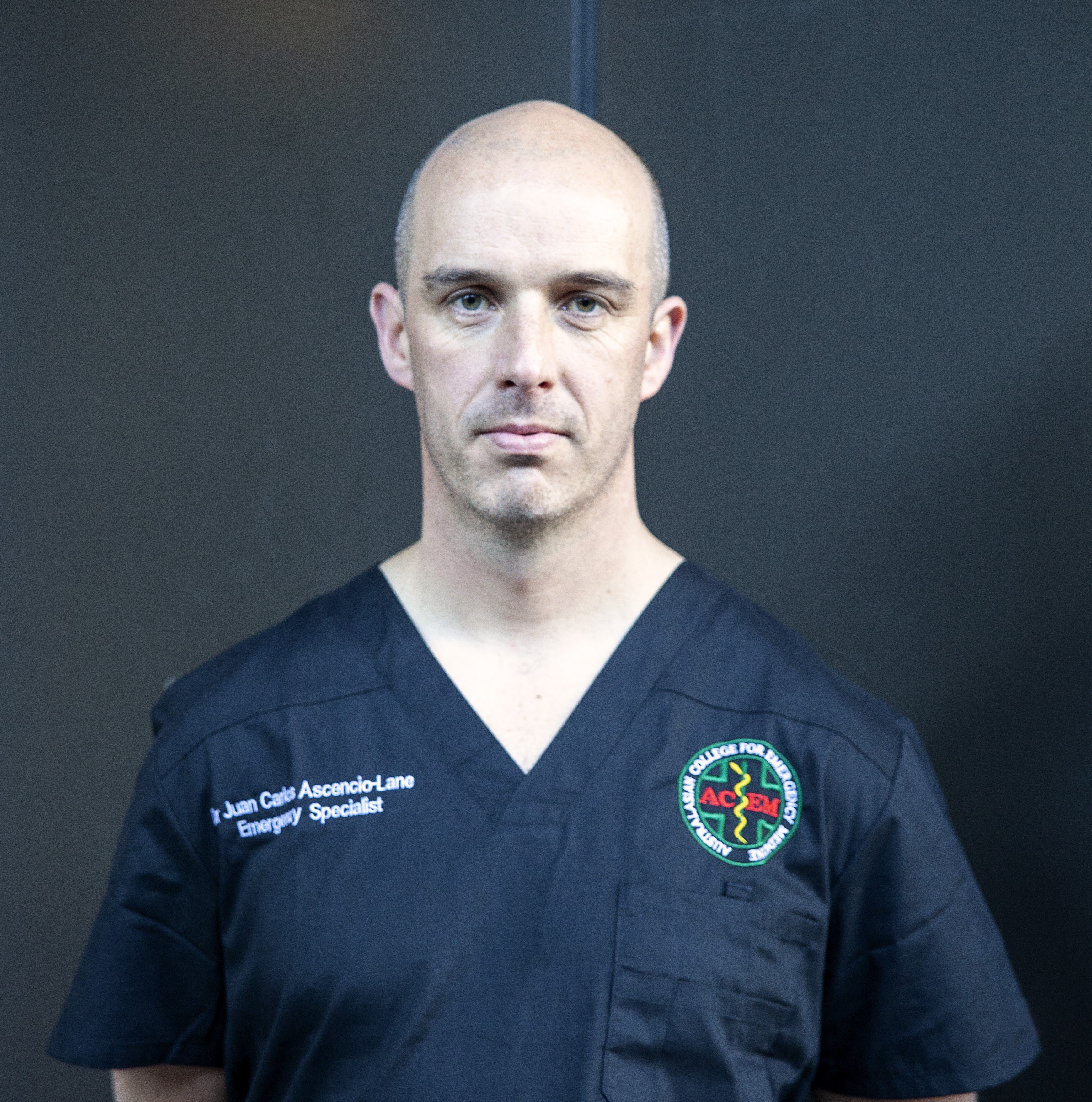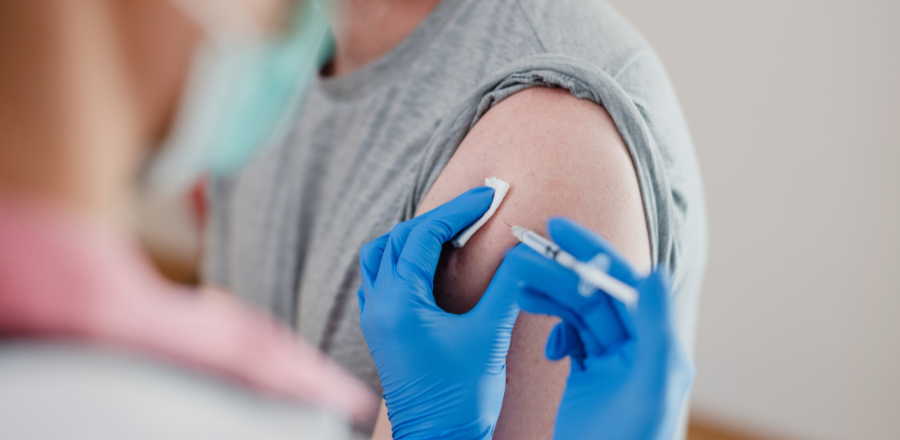
Virtual reality has merged with real life at Greenslopes Private Hospital, where gaming-like innovations helped to resolve a teenager’s complex shoulder problem.
In what is believed to be an Australian-first procedure, Dr Ashish Gupta and his team of engineers used mixed reality technology to create a 3D hologram of the patient’s shoulder that guided his surgery.
The Brisbane orthopaedic surgeon wore a headset with 3D goggles to view the hologram, which let him see otherwise hidden parts of the anatomy.
“The hologram allows you to see what is beyond the surgical field of view, and going forward it could be really significant in other fields of medicine such as neurological surgery,” Dr Gupta said.
Such augmented reality is regularly used in the manufacturing and aerospace industries.
Unlike a video game in virtual reality, where players are only aware of the simulated environment, Dr Gupta said the mixed scenario kept him connected to his surroundings.
“Think of it like GPS in a car – but it’s a holographic GPS. The surgeon is always in control; we can overlay the hologram onto the patient’s bones or anatomy and use the hologram to guide our surgery,” he said.
He used the technology to treat a 19-year-old patient who had suffered a traumatic shoulder dislocation with large residual bone defect.
Previously, Dr Gupta and his team would pre-plan complex surgeries using computer modelling and 3D printing, but the hologram allows decisions to be made and changed during surgery.

“Mixed reality can help the surgeon guide their positioning because when you’re doing a shoulder surgery the field of view is really restricted,” said Marine Launay, a research and development engineer who created the holograms.
“But if you can see the 3D hologram of the scapula at the same time, the surgeon can see things he may otherwise be unable to see without mixed reality technology; it’s like being able to see what lies behind a wall,” she added.
Greenslopes Private Hospital CEO Chris Went said the Brisbane facility was committed to supporting such innovations that offered patients a wider range of treatment options.
“This is such an exciting medical milestone which further illustrates Greenslopes’ commitment to research and development to help deliver excellent healthcare for our patients,” she said.
As well as his work at Greenslopes, Dr Gupta is also director of the Queensland Unit for Advanced Shoulder Research (QUASR) at Queensland University of Technology in Brisbane.
“The immersive technology is being used under an ethically-approved clinical trial and the technology is being validated by the biomedical engineering team at QUASR,” he said.







